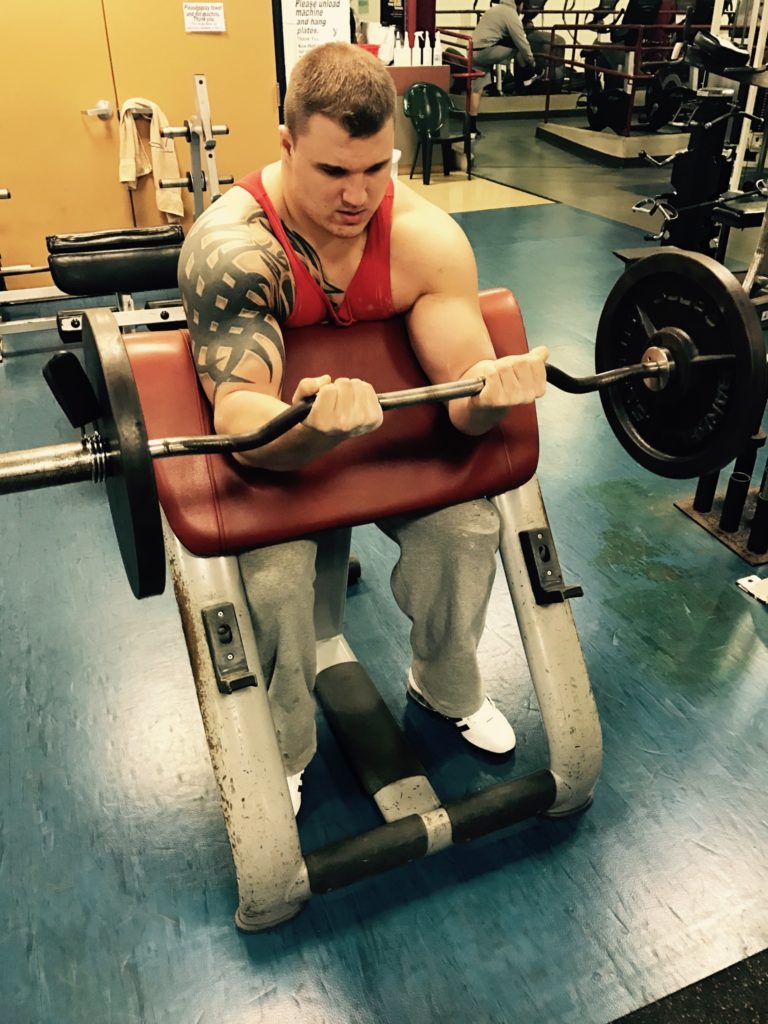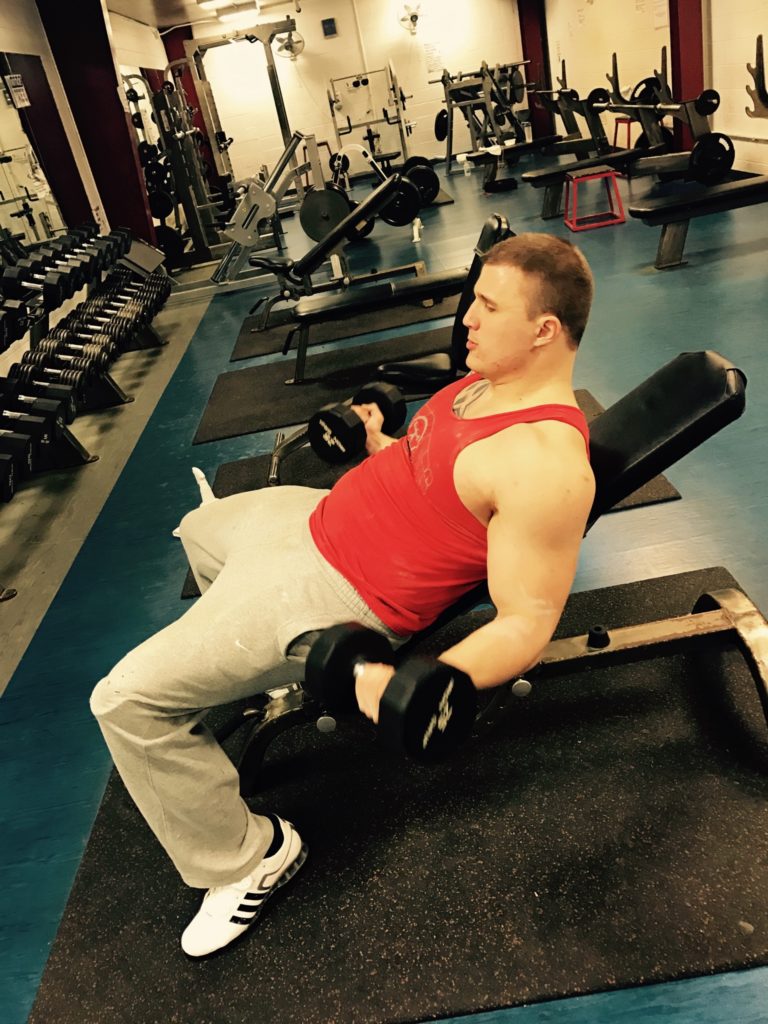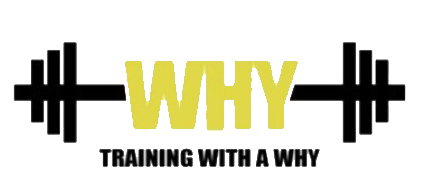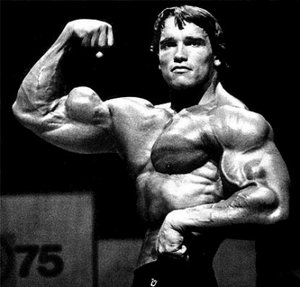Angles
In last week’s article, I covered the different hand placements that should be included in your arm routine. This week I want to focus on the different angles that should be in your routine. These are details that many people overlook when putting together a routine. Too often people add exercises to their workout plan because they saw someone else doing them, someone taught them the exercise way back in the day, or they stumbled upon it in a magazine and thought it looked cool. Let me say that there is absolutely nothing wrong with any of those reasons. I have done exercises for exactly all those reasons. However, ensuring that you have a balanced arm routine involves a little more detail and focus. When trying to build up and achieve an aesthetic look in any muscle group you must train it from different angles. In this article I will discuss the different angles that should be included in a balanced arm routine.
Elbow in Front
The angles will all relate to elbow position. The first one I will discuss is elbow in front of your body. This is the angle that is seen in preacher curls. This is usually a favorite among people because of the contraction you feel at the top of the movement. Because your arms are rested against a pad and you are usually seated you can isolate the biceps without the risk of cheating the movement. The contraction at the top of this exercise is a great way to build the peak of your biceps. I usually contract and squeeze at the top for a second or two before lowering the weight back down. This angle is a great way to build the inner head of the biceps. Although the focus of this angle is the inner head, it is always a good idea to switch the grip back and forth between wide and narrow periodically to stimulate the muscle in different ways. Try this exercise with all different kinds of equipment, (i.e. EZ bars, dumbbells, machines, etc.).

Elbow Behind
The elbows behind your body can be a tricky angle as there aren’t many ways of doing it. This is a position I rarely ever did when I started out and after adding it in to my routine I immediately regretted not doing it sooner. This is the position you are in when performing inclined dumbbell curls. This angle allows a stretch in your biceps that is rare to find in most other exercises. This stretch is a great stimulation for your biceps since it’s not a common occurrence. This exercise is a great way to give your bicep length, ensuring that it has size all the way down to the elbow.

Elbow to the Side
The elbows to the side of your body position is one that most of us are familiar with. This position uses the entire bicep which allows us to use more weight. This is the position that our elbows are in when performing standing dumbbell curls, barbell curls, hammer curls, etc. Even though this positon recruits the entire biceps the focus can shift to the inner head by widening the grip or the outer head by narrowing the grip. There are many different variations that can be used when in this position. Try it standing and seated. Try it with all different kinds of equipment.

And There it is
That concludes part two of this two-part series. By putting together everything that was covered in the last two articles you should be able to put together an affective arm routine. Even without having extensive knowledge of anatomy you will be able to include all the muscles of the arm while training those muscles at all angels. This will allow you to build arms that are not only massive but also aesthetic. Some people have one or the other but it is special when you have both characteristics. Before ending this article, I want to remind you to train your arms with these hand placements and angles by using different equipment. Just as people fall in love with certain exercises we all fall in love with certain equipment. Again, nothing wrong with that. Just be conscious about periodically expanding your tool box and trying different equipment. As always, thanks for reading and please help me help more people by sharing this article and subscribing to this site.


